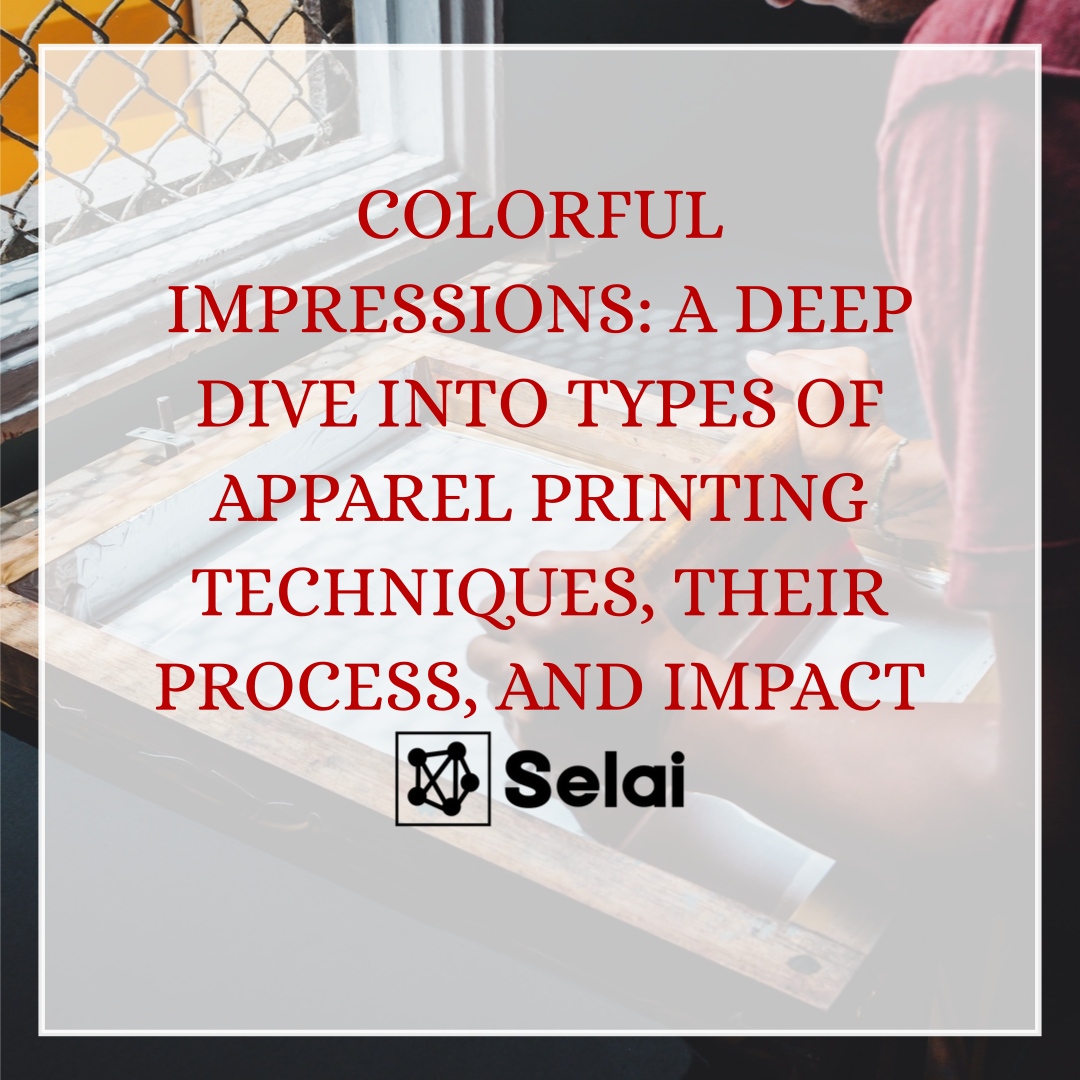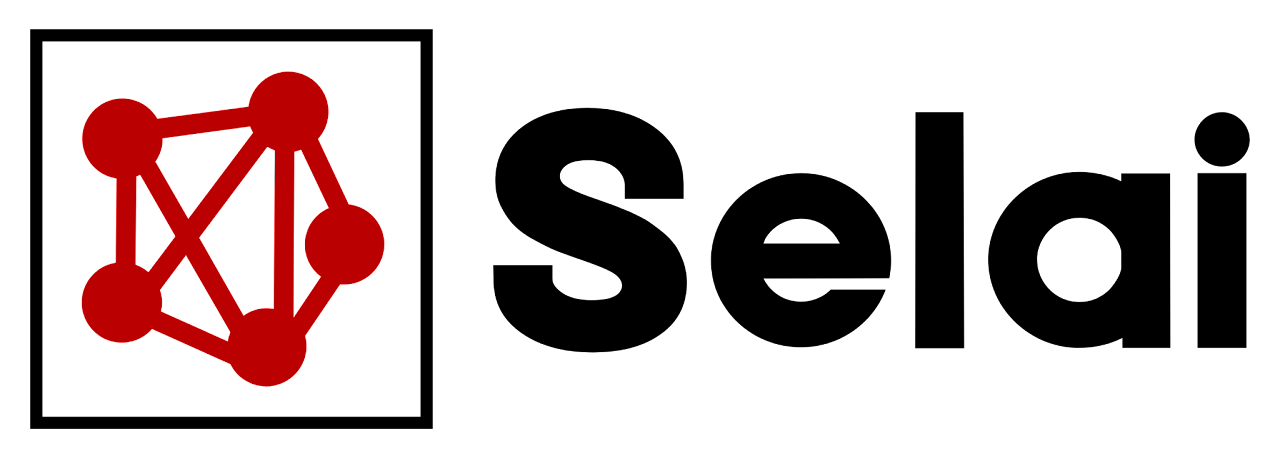
The diverse array of apparel printing techniques, each with its unique processes and aesthetic outputs, offers a rich palette of possibilities for imbibing fabrics with life and color. This comprehensive exploration introduces various printing methods, their intricate processes, and their distinct impacts, allowing a deeper understanding of how designs and colors intertwine with textiles.
1. Screen Printing:
Process:
Screen printing, or silk-screening, involves pressing ink through a fine mesh screen onto fabric. Each color in a design necessitates a separate screen, layered sequentially.
Pros:
Vibrant Colors: Achieves bright, durable colors that endure.
Economical for Large Orders: Setup costs are diluted over large runs.
Versatile Applications: Adapts to various fabrics and products.
Cons:
High Initial Setup Cost: Not economical for small runs.
Complex for Multicolor Designs: Multi-color prints can be laborious.
Detail Limitation: Struggles with intricate, detailed designs.
2. Digital Printing:
Process:
Digital printing employs computer-controlled inkjet technology to deposit colorants onto fabric, allowing for high-detail, multicolored designs.
Pros:
High Detail and Precision: Ideal for intricate and photographic designs.
Quick Turnaround: Direct printing eliminates setup time.
Eco-Friendly: Reduces waste and chemical usage.
Cons:
Cost per Unit: Expensive for large quantities.
Color Limitations on Dark Fabrics: Less vibrant on darker bases.
Fabric Specificity: Optimal on natural fibers.
3. Heat Transfer Printing:
Process:
Designs are initially printed onto transfer paper and then applied to fabric using heat and pressure, allowing the design to transfer from the paper to the textile.
Pros:
Design Flexibility: Suitable for detailed, multicolored designs.
Low Setup Cost: Ideal for small runs and customization.
Consistency: Every print is identical.
Cons:
Durability Concerns: Susceptible to fading, cracking, and peeling.
Texture on Fabric: Can affect the hand feel of the garment.
Surface Limitation: Best on flat, smooth surfaces.
4. Block Printing:
Process:
Block printing is a traditional method where carved wooden blocks are dipped in dye and stamped by hand onto fabric, creating a unique, artisanal look.
Pros:
Distinctive Aesthetic: Each piece has unique, handmade charm.
Sustainable: Can use natural dyes; low environmental footprint.
Simple and Accessible: Requires minimal equipment.
Cons:
Labor-Intensive: Slow and unsuitable for large-scale production.
Lack of Precision: Manual process leads to variations.
Color Layering Challenges: Difficult to align multiple colors accurately.
5. Sublimation Printing:
Process:
Sublimation printing utilizes heat to turn solid dye particles into a gas, which then permeate the fibers of polyester fabrics, creating vibrant, durable prints.
Pros:
Vibrant and Detailed: Ideal for sharp, colorful designs.
High Durability: The design becomes part of the fabric.
Smooth Hand Feel: Leaves no texture on the fabric surface.
Cons:
Polyester Dependent: Only suitable for polyester fabrics or coatings.
Color Variation: Real-life colors may differ from digital previews.
High Initial Cost: Equipment and inks can be expensive.
6. Offset Lithography Printing:
Process:
Offset printing utilizes plates to transfer an inked design onto a rubber blanket, which is then pressed onto the fabric, achieving high-quality, detailed results.
Pros:
High Detail and Resolution: Suitable for intricate and detailed graphics.
Cost-Effective for Large Volumes: Economical per unit for large orders.
Color Accuracy: Provides consistent, accurate color reproduction.
Cons:
Setup Cost and Time: Initial setup can be expensive and time-consuming.
Not Suitable for Small Runs: Economical inefficiency for short runs.
Limited to Flat Surfaces: Difficulty printing on textured or uneven surfaces.
7. Direct to Garment (DTG) Printing:
Process:
DTG printing directly applies ink to the fabric using inkjet technology, similar to a paper printer, ideal for detailed and color-rich designs.
Pros:
High Detail and Color Range: Capable of producing intricate, multicolored designs.
Low Setup Costs: Ideal for small batches and one-offs.
Quick Turnaround: Eliminates the need for screens or plates.
Cons:
Speed and Cost: Slower and more expensive per unit for large quantities.
Fabric Limitations: Best results on high-cotton-content fabrics.
Durability: Prints may fade quicker compared to other methods.
8. Flock Printing:
Process:
Flock printing applies adhesive to the fabric, followed by flock fibers, creating a velvety, textured surface.
Pros:
Textured Finish: Provides a distinctive, tactile texture to the fabric.
Versatility: Suitable for logos, graphics, and decorative accents.
Durability: Resistant to fading and wear if properly applied.
Cons:
Limited Detail: Not suitable for intricate, detailed designs.
Application Challenge: Requires precise adhesive application.
Cost: Can be more expensive due to the multistep process.
9. Flexography Printing:
Process:
Flexography uses flexible relief plates to apply ink to the fabric, ideal for packaging materials, labels, and wallpapers.
Pros:
Speed: High-speed process suitable for large runs.
Versatility: Can print on a wide range of substrate materials.
Durability: Produces long-lasting, wear-resistant prints.
Cons:
Setup Costs: Plate creation can be time-consuming and costly.
Color Limitation: Achieving color accuracy can be challenging.
Detail Limitation: Struggles with fine, intricate details.
Understanding the varied landscape of printing techniques is essential for appreciating the journey from design conception to colorful realization on fabric. Each method tells its own story of color interplay, texture, and visual appeal, with distinctive benefits and challenges. By unraveling the essence of each printing type, we gain insight into how they shape our apparel, reflecting diverse expressions, cultural narratives, and individual styles. The synergy between design creativity, technological innovation, and informed choice is pivotal as we continue to color the fabric of our lives with sustainable, vibrant impressions.
